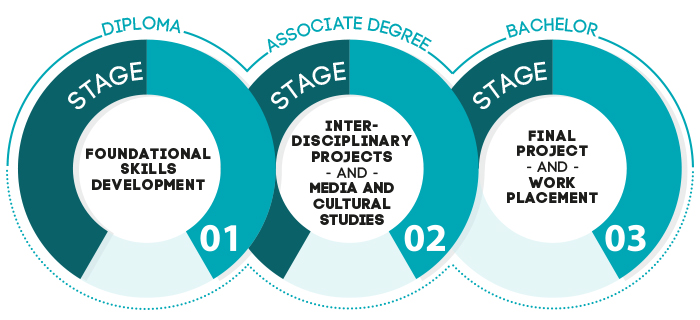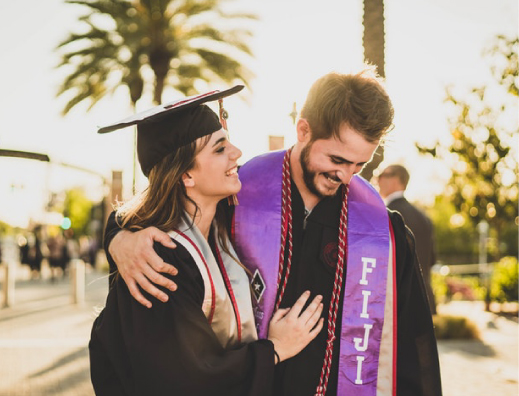Minimum Age
Animation is pure imagination. Few industries allow you to create what has never been seen before, which is very, very cool. Animation is also a profession where technical expertise and application is as important as raw talent, and this is where SAE come in.
Our Bachelor of Animation is all about building your character and credentials by giving you hands-on experience in 3D modelling, rigging, design, textures, lighting, rendering and compositing. Basically, everything you'll need to create the career you want.
At SAE you won’t find yourself in a lecture with 300 people or even in a traditional lecture at all. You’ll be in a studio environment using software like Maya, Autodesk 3D MAX, ToonBoom, Substance painter, ZBrush and Adobe Creative Suite to help bring your ideas to life.
Your growth and development will be assessed through the completion of industry-based projects, not theoretical based essays. This will ultimately help you build up a body of work and portfolio to share with potential employers or first client.
In preparation for an industry that commands agility and adaptability, you’ll cut your creative teeth on projects initially in partnership with your course peers. As your skills develop and you work on more dynamic projects, you’ll apply your capabilities on cross-discipline projects. By the end of your course, you could be collaborating with fellow students across SAE’s global network.
Ultimately, this is all about a qualification that will expand your career. There is work placement as part of your course, to provide practical experience and help build your network. We’ll also equip you with employability skills, giving you professional strategies in communication and self-promotion.
For those wanting to go the extra, and thousands of miles, you can complete up to two trimesters of your course at selected SAE campuses across the planet. Suddenly, real-world experience just went worldwide.
The Animation degree program is broken up into discrete stages, each designed to promote different skills.
Stage I – Foundational Skills Development
In Stage I, students will undertake a number of foundational units which will give students the essential technical skills and knowledge not only relevant to the chosen discipline area, but also give students the skills required to collaborate with other creative media students and professionals in later stages of the Animation course.
Stage II – Interdisciplinary Projects, Media and Cultural Studies
In Stage II we show students how their Animation work contributes to and interacts with broader culture and media practice. This knowledge will enable students to work with a variety of other disciplines and artists and expand their potential on the global stage.
Students complete a number of real-world projects with students not only in their own discipline, but also in all other SAE disciplines.
Stage II has three studio modules with projects based on the following areas;
1. 3D Modelling
In 3D Modelling, students will examine modelling techniques, terminology and methods. Students will develop and implement 3D production pipelines to create such things as environments, vehicles, creatures and characters. Students will need to research industry best practices and keep up to date with current trends in CGI production. This specialisation will further explore texturing and shading, lighting and rendering.
2. Character Animation
In the Character Animation specialisation, students will focus on the principles of character animation such as posing, motion studies, body mechanics, facial animation and much more. Students will also learn to develop effective and user-friendly animation rigs that serve as a means to control and animate a character, similar to the controls of a puppet.
3. Visual Effects
In the Visual Effects specialisation, students will explore the areas of computer modelling, texturing, lighting, rendering and compositing with an emphasis on incorporating assets into a range of digital media. Students can investigate topics such as match moving, particle systems, dynamic simulations and colour grading. By the end of the Animation course, students will be able to composite a range of disparate elements into a cohesive final product.
Stage III
Stage III is the final part of study. Here you will undertake an interdisciplinary project of choice to be the final and most ambitious portfolio Animation project that a student will undertake.
Students will also finalise their studies by undertaking an Animation elective module and completing a compulsory internship.


